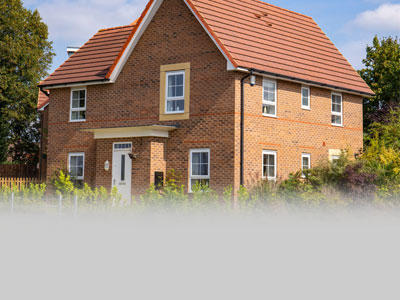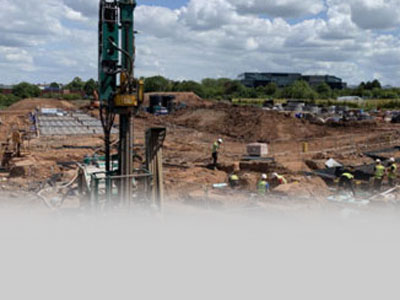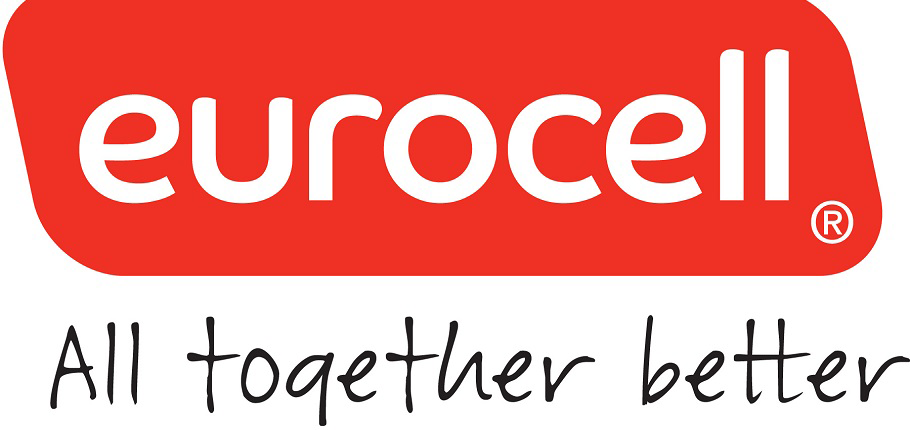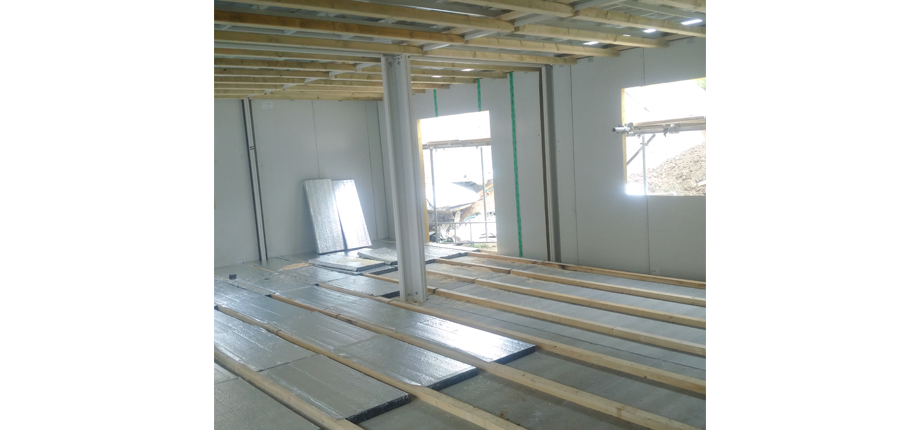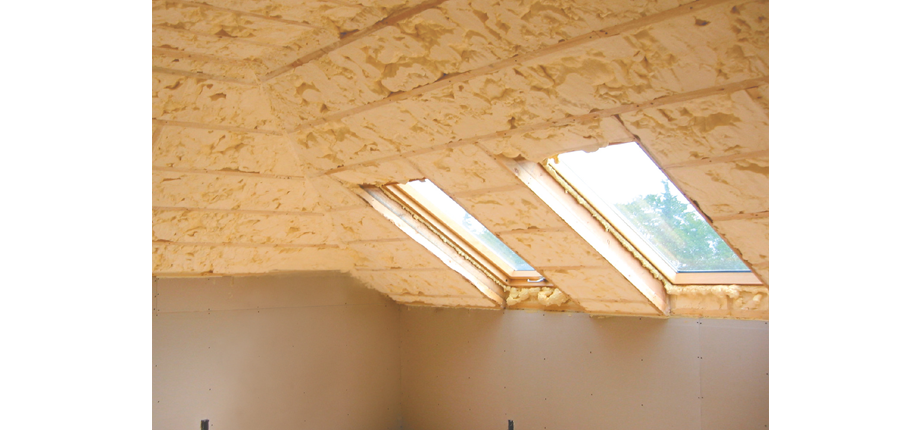Energy Conservation In Buildings - Airtightness Is Key

Every year, over 21 billion tons of carbon dioxide is produced through human activities and the burning of fossil fuels for heating our buildings is a major contribution. It is estimated that around 32% of total UK greenhouse gases are produced in this way. There is no doubt that the way we build and manage our homes has an impact on energy consumption – therefore contributing to global warming – and it has never been more important to address those issues.
Indeed many authorities across the UK have declared a 'Climate Emergency'. The Intergovernmental Panel on Climate Change has been established, but as individuals we can also help the construction industry reduce the impact with immediate action. Energy conservation is a logical approach and making improvements in airtightness to reduce convective heat loss is a key component.














